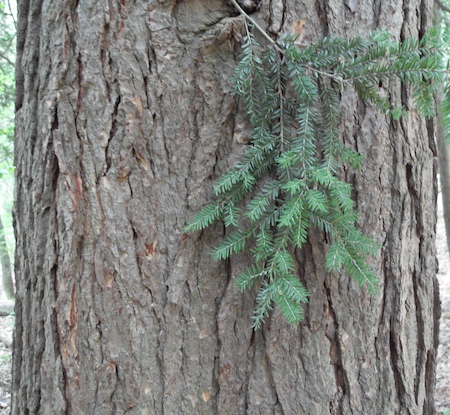eastern hemlock tree bark
Begins to loosen as a tree dies and forms bark cavities Bark cavities are used for cover as roost sites for forest dwelling bats and as nest sites for brown creepers. The tree produces small up to 34 inch long tan-colored.

Eastern Hemlock Tree Non Poisonous Hemlock Identification Uses Youtube
A dense shade tree best used as a prominent color accent many consider it the.
. The eastern gray squirrel Sciurus carolinensis also known particularly outside of North America as simply the grey squirrel is a tree squirrel in the genus SciurusIt is native to eastern North America where it is the most prodigious and ecologically essential natural forest regenerator. The Pacific coastline alpine areas the west-side temperate rainforest and the forests of the drier east side. Mature Eastern hemlock trees have red-brown to gray-brown thick fissured bark.
Each is curved slightly and has smooth scales. This can even collect at the bottom of the. In the past the species name was Betula lutea.
The furrows run longitudinally and tend to twist around the trunk as the tree ages. Betula alleghaniensis is the provincial tree of Quebec where it is commonly called merisier a name. Features long slender blue-green needles sometimes reaching 5 in length grown in bundles of 5 that are soft and flexible.
When working with Arborjet in public areas people see us as the professional tree doctors which goes a long way in helping us build a solid reputation ARBORJET SUCCESS Erik Seaman Co-Owner Manager of the Fertilization Division Seamans Lawn Landscape The 50 reduction in watering is a reality here. Its bark is smooth when young of a vinous maroon or red-brown color for the American chestnut grey for the European chestnut. Report Fraud on USDA Contracts.
With age American species bark becomes grey and darker thick and deeply furrowed. Pinus strobus commonly called the eastern white pine northern white pine white pine Weymouth pine British and soft pine is a large pine native to eastern North America. The 50 state trees usually are chosen for historical reasons or the states local timber economy.
Hemlock may take 250 to 300. Willows also called sallows and osiers from the genus Salix comprise around 400 species of typically deciduous trees and shrubs found primarily on moist soils in cold and temperate regions. Olympic National Park is a United States national park located in the State of Washington on the Olympic Peninsula.
Tsuga ˈ s uː ɡ ə from Japanese 栂 ツガ the name of Tsuga sieboldii is a genus of conifers in the subfamily Abietoideae of Pinaceae the pine familyThe common name hemlock is derived from a perceived similarity in the smell of its crushed foliage to that of the unrelated plant poison hemlockUnlike the latter Tsuga species are not poisonous. Glauca and Mexican Douglas-fir P. The genus comprises eight to ten.
Pine trees only have so many ways to tell us they are not doing well and there are several things we might spot that are indicators of diseasesThe main things you might see are. M-F 800-430 pm CST. It sometimes reminds one of a large cable with twisted strands.
DescriptionOne of the most cherished purple-leaf landscape trees holding its foliage color well throughout the season. The foliage is bright green in color paler in the new growth but never going dull and dark like hemlock or yew trees do so a hedge of Arborvitae is bright all year round. Used for nest sites by secondary cavity nesters ie those species unable to excavate their own cavities like the wood duck eastern bluebird and gray squirrel.
Eastern hemlock is the state tree of Pennsylvania. The Spruce Adrienne Legault Canadian Hemlock Care. Works well for windbreaks.
A spruce is a tree of the genus Picea p aɪ ˈ s iː. Most species are known as willow but some narrow-leaved shrub species are called osier and some broader-leaved species are referred to as sallow from Old English sealh. Regional Office 626 East Wisconsin Ave Milwaukee WI 53202 4142973600 voice 4142973678 TTY Office Hours.
Hey That Doesnt Look Good. Closed on all Federal holidays. Both evergreen and deciduous trees furnish examples of acid-loving plants and specimens tolerant of acid.
Widely introduced to certain places around the world the eastern gray squirrel in. ə a genus of about 35 species of coniferous evergreen trees in the family Pinaceae found in the northern temperate and boreal regions of the Earth. Betula alleghaniensis the yellow birch golden birch or swamp birch is a large tree and an important lumber species of birch native to northeastern North AmericaIts vernacular names refer to the golden color of the trees bark.
Picea is the sole genus in the subfamily PiceoideaeSpruces are large trees from about 20 to 60 m about 60200 ft tall when mature and have whorled branches and conical form. It occurs from Newfoundland Canada west through the Great Lakes region to southeastern Manitoba and Minnesota United States and south along the Appalachian Mountains and upper Piedmont to. Tsuga canadensis also known as eastern hemlock eastern hemlock-spruce or Canadian hemlock and in the French-speaking regions of Canada as pruche du Canada is a coniferous tree native to eastern North America.
Is widely used as a Christmas tree. The narrow conic crown consists of dense dark-green leaves. Eastern hemlocks are widespread throughout much of the Great Lakes region the Appalachian Mountains the.
Canadian hemlock tree cones are ovoid or egg-shaped measuring up to 1 25 cm long. Balsam fir is a small to medium-size evergreen tree typically 1420 metres 4666 ft tall occasionally reaching a height of 27 metres 89 ft. These lush trees are often planted for shade or as an ornamental.
The Douglas fir Pseudotsuga menziesii is an evergreen conifer species in the pine family PinaceaeIt is native to western North America and is also known as Douglas-fir Douglas spruce Oregon pine and Columbian pine. Resin running down the trunk If the bark is injured by diseases sticky resin often escapes and flows down the bark. There are no flowers but small cones may sometimes be produced on un-clipped plants.
Juglans nigra the eastern American black walnut is a species of deciduous tree in the walnut family Juglandaceae native to North AmericaIt grows mostly in riparian zones from southern Ontario west to southeast South Dakota south to Georgia northern Florida and southwest to central TexasWild trees in the upper Ottawa Valley may be an isolated native population or. Menziesii Rocky Mountain Douglas-fir P. The bark is astringent and was used as a poultice on bleeding wounds in the past Foster and Duke 1990.
Eastern hemlock Tsuga canadensis also called Canada hemlock or hemlock spruce is a slow-growing long-lived tree which unlike many conifers grows well in shade. As the tree matures Eastern hemlock bark develops deep ridges and furrows along with rounded plates. Produces elongated brown cones that are 38 in length.
The park has four regions. It is the state tree of Pennsylvania. Every states trees are native and thrive in that state except Hawaiis state tree originally from Asia.
Colorado blue spruce is most famous for its use as a Christmas tree. Other evergreen trees for acidic soil are the Canadian hemlock Tsuga canadensis and eastern white pine Pinus strobus. The small globular cones.
Click on the state below to see pictures of the tree what its flowers bark and stem look like and even learn the scientific name. The bark on young trees is smooth grey and with resin blisters which tend to spray when ruptured becoming rough and fissured or scaly on old trees. There are three varieties.
Moderately slow-growing 12 to 24 inches per year and long-lived up to 800 years Canadian hemlock trees in the wild can reach 70 feet tall or higher with a spread of 25 to 35 feetThese are fragrant plants and crushing the needles releases their aroma. Within the park there are three distinct ecosystems including subalpine forest and wildflower meadow temperate forest and the. These are only ½ an inch long and cluster towards the ends of the stems.

Eastern Hemlock Native Trees Of Maryland Inaturalist

A Year With The Trees Eastern Hemlock Tsuga Canadensis
Eastern Hemlock Bark Falls Off And Dies Over Winter What Could Cause This R Arborists

Foraging Wild Teas Eastern Hemlock Josh Fecteau

Hemlock Pests And Diseases Cook Forest Conservancy

Pin By Charlotte Uden On Eastern Hemlock Tree Identification Tree Hemlock

The Eastern Hemlock Is Usually Found In Georgia On Moist And Well Drained Sites In Or Near The North Georgia Mountains Chasingtrees
The Hemlock Woolly Adelgid The Tree Killer Ontario Parks
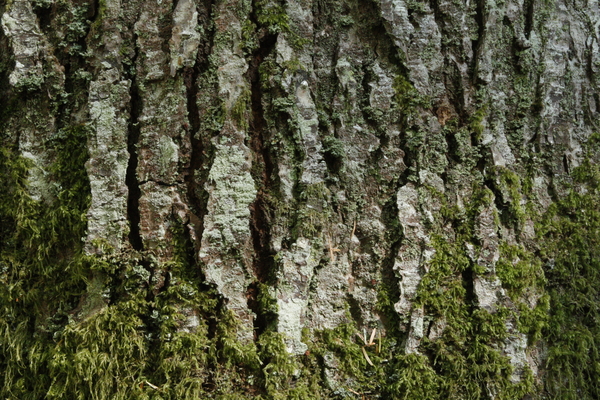
About Western Hemlock Tree Identification Properties Uses Softwood Species Naturally Wood
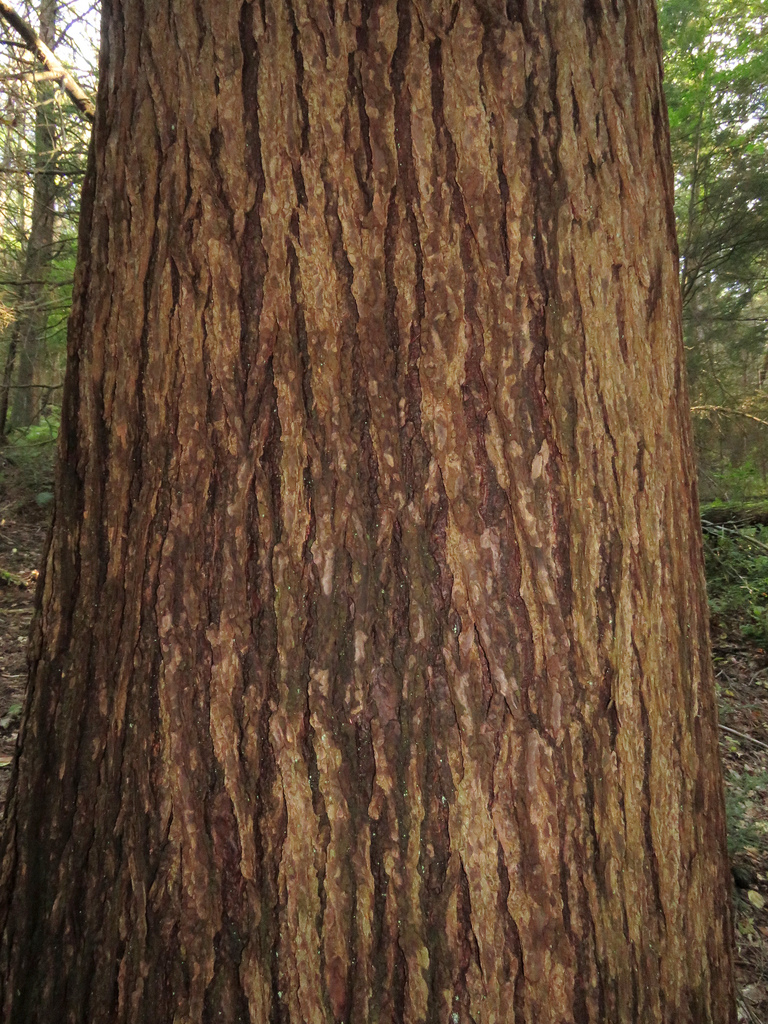
Eastern Hemlock Glen Arboretum

Morton Arboretum Photographic Image Tsuga Canadensis L Carr Eastern Hemlock Bark 3 76901

Eastern Hemlock Medicine Milk Honey Herbs
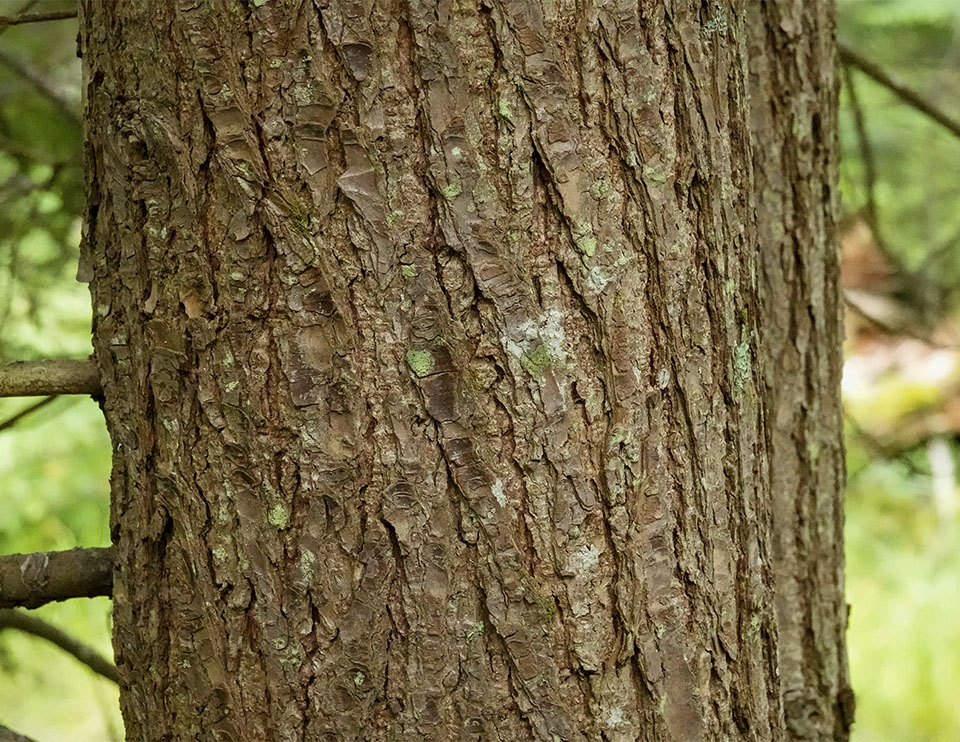
Eastern Hemlock Tsuga Canadensis

Photo Of The Stem Scape Stalk Or Bark Of Eastern Hemlock Tsuga Canadensis Posted By Chickhill Garden Org

Eastern Hemlock Mature Bark 800253 Stock Image Image Of Bark Paradise 175752127

Eastern Hemlock Purdue Fort Wayne

Eastern Hemlock Tree Bark Stock Photo Download Image Now East Hemlock Tree Backgrounds Istock
